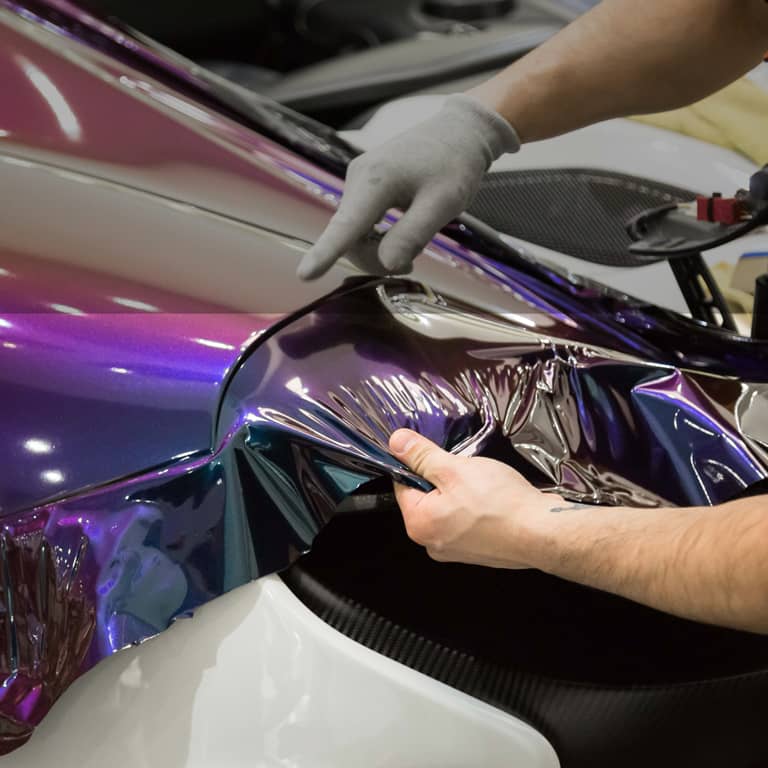- Servicing Case Studies
What are Anti-Lock Brakes (ABS)? | GVE London – Blog
Discover the benefits of anti-lock braking systems (ABS), how they work, and their role in enhancing vehicle control and safety during emergency braking situations.
Anti-lock braking systems (ABS) are a crucial safety feature found in many modern vehicles. Designed to enhance vehicle control during emergency braking situations, ABS has become a standard component in automotive safety technology. This blog post will explore what ABS is, how it works, its benefits, and its limitations.
What is ABS?
Anti-lock brakes are designed to prevent the wheels of a vehicle from locking up during hard braking. When wheels lock, they stop rotating, leading to a loss of traction and steering control. ABS helps maintain traction and allows the driver to steer while braking, significantly improving safety, especially on slippery surfaces.

How Does ABS Work?
ABS operates through a system of sensors, valves, and a computer. Here’s a breakdown of the process:
- Sensors: Each wheel has a speed sensor that monitors its rotational speed. The system constantly checks this data to detect any wheel that is about to lock up during braking.
- Control Module: The ABS control module processes information from the sensors. If it detects that a wheel is slowing down too quickly compared to the others (indicative of impending lock-up), it activates the ABS.
- Valves: The system uses valves to modulate brake pressure. When a wheel is about to lock, ABS reduces brake pressure on that wheel, preventing it from locking. This is achieved through rapid pulsing of the brakes—similar to pumping the brakes manually, but much faster.
- Pulsing Action: Drivers may feel a pulsating sensation in the brake pedal during ABS activation. This is normal and indicates that the system is working to maintain traction and control.
Benefits of ABS
ABS offers several key benefits:
- Enhanced Control: By preventing wheel lock-up, ABS allows drivers to maintain steering control during emergency stops. This is especially beneficial in avoiding obstacles.
- Improved Stopping Distance: While ABS may not always reduce stopping distances on dry pavement, it can significantly improve stopping distances on slippery surfaces, such as wet or icy roads.
- Increased Safety: ABS has been shown to reduce the likelihood of accidents during emergency braking situations. By enhancing vehicle stability, it contributes to overall road safety.
- Less Skidding: ABS helps minimise skidding, which can lead to loss of control. This is particularly important in adverse weather conditions.

Limitations of ABS
Despite its advantages, ABS is not without limitations:
- Not a Substitute for Safe Driving: ABS is a safety aid, not a cure-all. It does not replace safe driving practices. Drivers should still maintain a safe following distance and adjust their speed according to road conditions.
- Potential for Longer Stopping Distances: On certain surfaces, like loose gravel or snow, ABS may actually increase stopping distances compared to traditional brakes. In these situations, it might be more effective to pump the brakes manually.
- False Sense of Security: Some drivers may feel overconfident with ABS, believing it can handle any emergency. This can lead to reckless driving behaviour, which ABS cannot mitigate.
Maintenance of ABS
Regular servicing and maintenance are essential to ensure that your ABS functions correctly. This includes:
Brake Inspections: Regularly check the brake system, including pads, rotors, and fluid levels.
Sensor Checks: Ensure that the ABS sensors are functioning correctly. A warning light on the dashboard could indicate a problem.
Brake Fluid Replacement: Keep brake fluid at the recommended levels and replace it according to the manufacturer’s guidelines.

Conclusion
Anti-lock braking systems are an invaluable component of modern vehicle safety. By preventing wheel lock-up and maintaining steering control during hard braking, ABS helps drivers navigate potentially dangerous situations more effectively.
Whether you’re driving in sunny weather or navigating slippery roads, knowing how to use ABS effectively can make all the difference. Make sure to visit the GVE London supercar service centre to ensure your vehicle braking system is working perfectly. You even get repairs, wrapping, detailing, customisations, etc. for your supercar here.
Frequently Asked Questions
The main benefits include enhanced vehicle control during emergency stops, improved stopping distances on slippery surfaces, increased safety by reducing the likelihood of accidents, and minimised skidding.
A warning light on the dashboard typically indicates a problem with the ABS. If this light appears, it’s essential to have the system checked by a professional.
Yes, you can drive without ABS, but it may be less safe, especially in emergency braking situations. It’s advisable to have any ABS issues addressed promptly for optimal safety.
Contact Us
"*" indicates required fields
OUR SERVICES

PAINT PROTECTION FILM

WRAPPING

SERVICING







